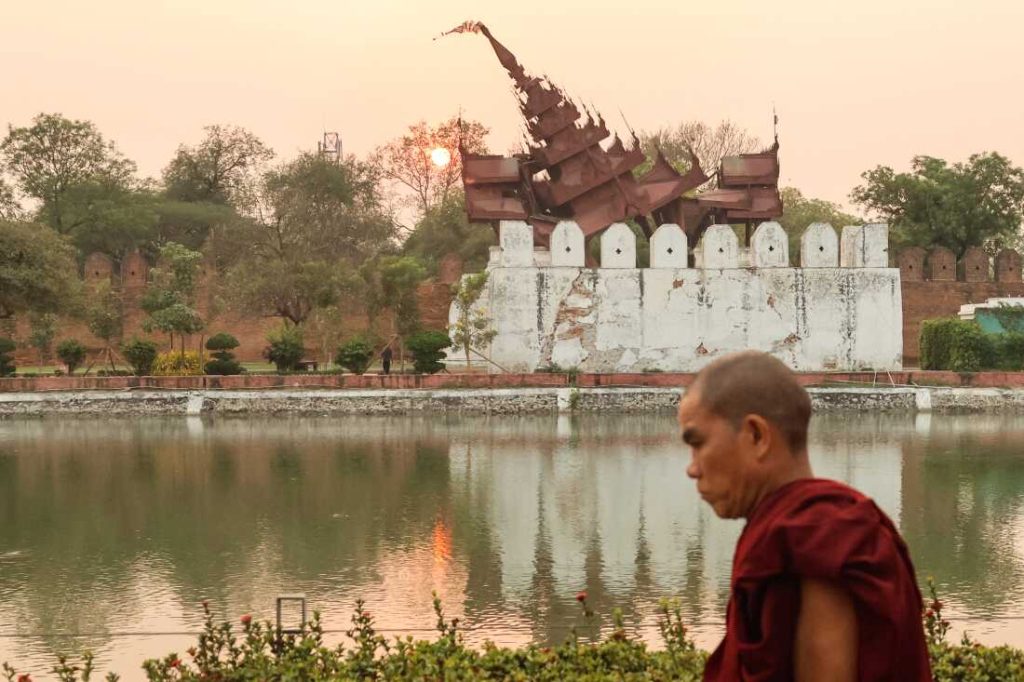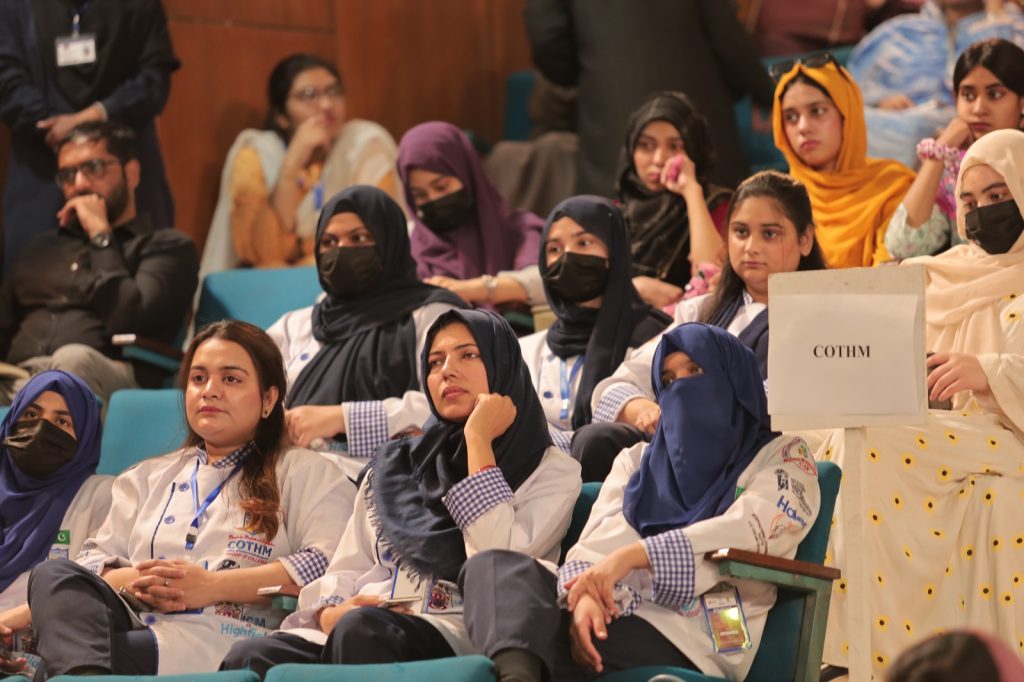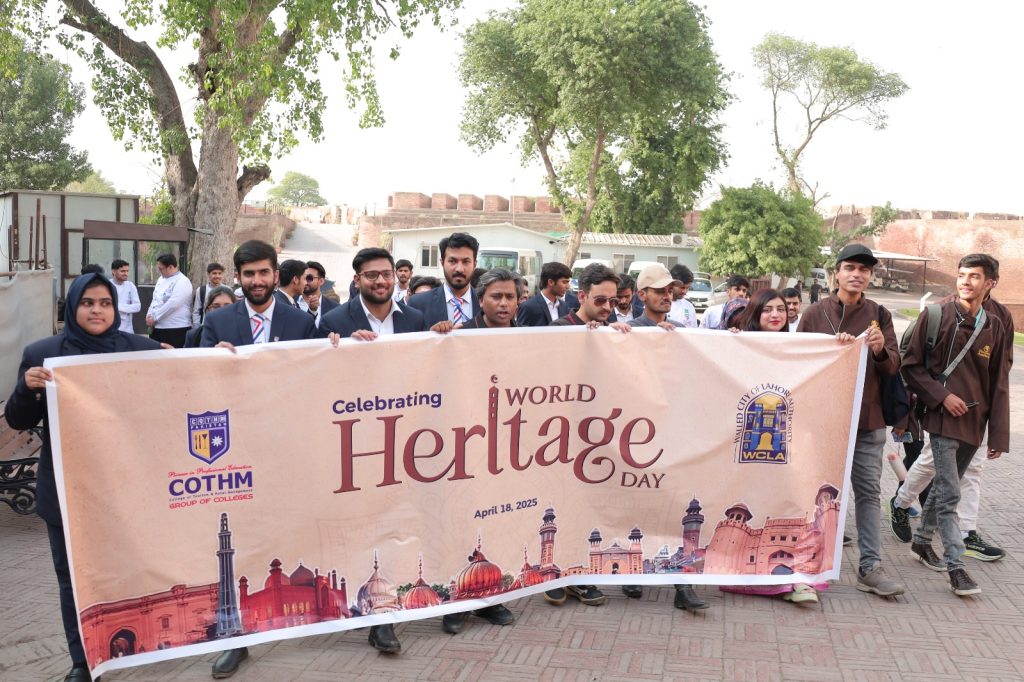By Muhammad Sharif
We were university students studying in the last semester when one of our teachers assigned the task of practical photography of Dehli Gate and Masjid Wazir Khan to our class. The announcement made us all delighted as we all were desperately waiting for some outdoor activity already.
On the day of the tour, we woke up early in the dawn and started getting ready for the tour. By 6AM, all the class fellows had reached Dehli Gate in Lahore, where Sir Agha delivered a brief lecture about the history of Dehli Gate and also gave us some tips regarding photography skills. As Mass Media students, photography was our compulsory subject and we all tried to capture photos of ancient Dehli Gate with different angles. Reviving the old traditions and to keep the heritage alive, the Walled City of Lahore Authority (WCLA) had employed some Darban (Guards) at Dehli Gate as they used to be in the Mughal era.
After spending almost an hour at Dehli Gate, we moved towards Masjid Wazir Khan. It is situated at a distance of more than 1.5km from Dehli Gate. The passage to Masjid Wazir Khan leads through a narrow bazaar. Going through the bazaar, you can hear different voices of the people belonging to different trades and businesses.
After walking on foot for 15-20 minutes, crossing the narrow bazaar, cracking jokes with friends, and capturing one another’s photos, we reached Masjid Wazir Khan.
Masjid Wazir Khan is a worth-seeing site in Lahore. It is one of the most elegantly designed mosques from the Mughal era. Built by Sheikh Ilm ud Din Ansari, also known as Wazir Khan, the mosque is also included in the tentative list of the world heritage sites. Wonderfully decorated mosque is located in the center of the walled city of Lahore. Its construction began in 1634 A.D and got completed in 1641 A.D in the era of Mughal emperor Shahjehan. The mosque is situated at a short distance from the Lahore Fort. Historians also tell that the Mughal emperor Shahjehan mostly used to offer his Juma prayer at Masjid Wazir Khan. He used to ride on a horse to reach the mosque.
To enter the mosque, you must first go downstairs first as the WCLA has restored the mosque in the same position it had when it was built. After going down, you must go upstairs to enter the mosque from its main entrance. There is also another door to enter the Masjid, which is mostly closed. It links the Masjid to the bazar.
Situated on the eastern side of the mosque, the main entrance gives a pure artistic look. Passing through the magnificent doorway, you reach the courtyard. The main gate is projected two feet outward from its surrounding walls and framed on both sides by attenuated minarets of two feet of diameter each.
The rectangular-shaped mosque, which has four minarets at its four corners, covers an area of 282.7165.4 ft. These minarets mark the corners of the central courtyard, providing balance and adding to the structure’s grandeur. At that time, this was the largest mosque in Lahore. The mosque is built with small lime bricks and a sprinkling of red sandstone at the entrance.
The mosque has a large courtyard which adds to the beauty of this monument. Visiting the mosque, tourists feel a sense of spirituality and feel themselves in the era when Mughal emperors used to offer prayers there.
Inside the mosque, there is a big courtyard where you can see many pigeons collecting grains spread by the locals and tourists. People also regularly put water in the baskets placed there for the pigeons. A water tank for making ablution is also built in the center of the mosque’s courtyard, which adds to its beauty. The glittering blue water gives you a mesmerizing feel.
The mosque is built around the grave of a saint named Miran Shah, who migrated from Iran and lived here in Lahore in the era of Turkish Caliphs. The mosque’s interior is embellished with frescoes, while its exterior is designed with Persian-style Kashi-Kari work. The main prayer hall has five compartments. Each of the mosque’s five compartments is crowned by a dome and opens onto a large courtyard. The one in the center is larger than the rest.
The architecture of the mosque leads you to the times when Muslims ruled the sub-continent and excelled in architecture and buildings. This architectural style was used for the first time in Lahore. The main tomb is so beautifully carved with glass that if you look up, you’ll find yourself staring at the ceiling and forgetting to look down. You will be compelled to praise the excellence of the experts of that time.
The beautiful calligraphy on the mosque’s walls amazes the visitors. The excellent combination of calligraphy, and geometrical and floral decoration makes the Wazir Khan Mosque a model of beauty, balance, and grandeur. Quranic verses and Persian poetry written in beautiful calligraphic styles on the mosque’s walls enhance its appearance. Another essential feature of this mosque is the presence of Hujras and shops in its eastern and northern sides, which were constructed to make the mosque’s operations sustainable through its income. Now, at this time, the Punjab Evacuee Trust Property Board controls the mosque’s management. The board has deployed permanent staff to take care of the mosque that keeps on doing restoration and construction works whenever needed.
After capturing photos of the historical monuments, we got free at almost 11AM. Afterwards we took breakfast from the bazar adjacent to the mosque and then called it a day. As it is a popular tourist destination, tourist guides are also available at the mosque to tell the visitors about the history of the mosque.
It was a memorable photography tour of Mass Media students from University of the Punjab to the majestic Wazir Khan Masjid. If you live in Lahore or on a visit to the city, you must take out time to visit this beautiful architectural masterpiece.
About author
Muhammad Sharif is a Lahore-based freelance journalist with degrees in Mass Communication and Law from University of the Punjab. He is a regular contributor to different newspapers and magazines. He tweets at @shareef381.










